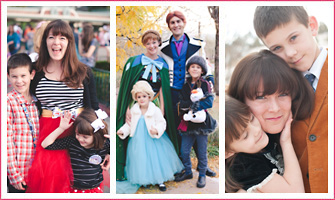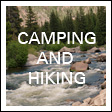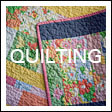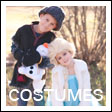
When I first started posting trail reviews I was really excited to write about Red Rocks Canyon Open Space…but then it was closed for an unannounced period due to flooding damage. I was worried it would turn into a Williams Canyon closed-for-years situation, but then it reopened on the 4th of July weekend! Thrilled, we checked it out that Monday to make sure things were as I remembered. In all the important ways (fossils, fun easy trails) it was. It was also exceptionally crowded for a Monday-that-was-threatenting-to-storm. Given its closure, this expect this one to be crowded for a few more weeks as people celebrate its reopening.
Pros: The elaborate trail system allows you to make a hike of any possible length. It’s popular and accessible, so this is a great weekday hike you can feel confident doing alone with your little ones. It’s as beautiful as Garden of the Gods, but much more rugged–while the trails are easy for all levels, you won’t find the pavement or dense crowds you’ll find at Garden of the Gods. As an added bonus, on the western edge of the park you can find fossils in the sandstone–giant ammonites as well as clams/mussels. A total treat for budding geologists!
Cons: Along with the published trails, there are also a number of social trails, which can make staying on your intended route difficult. The good news is that it’s a not a huge park and the social trails eventually lead back to a main established trail. This park is also popular with mountain bikers, so you may find yourself stepping off the trail quite a few times on a busy day. Finally, there is not much in the way of shade, so if you take your sea level visitors on a four mile hike in the middle of a July afternoon, force plenty of water down them. They’re bound to underestimate the amount they will need! (I’m looking at you, Kelly May!)
Difficulty/distance: A dense network of easy trails great for young families.
Directions: There are two parking lots for the park. The one on the western side is the less formal parking lot, but is the closest to the fossils. If you want to look at fossils without actually walking, this is the one for you. The more obvious parking lot is farther east. For both, take Highway 24 west toward Manitou Springs. For the western parking lot, take a left on 31st street. The parking lot will be on your right. For the main parking lot, stay on Highway 24 past 31st street and take a left onto Ridge Road. The park is visible from Highway 24.
Trail teaching:
- Fossils! Along the western side of the Hogback Valley trail you’ll find sandstone that houses ammonite and clam/mussel fossils. If you go off trail and climb to the top and then down the back side you’ll find many. If you don’t fancy that much scrambling (and the feeling of being Off Trail and therefore Naughty), there are some very accessible ones if you follow the trail to the western parking lot as it branches off the Hogback Valley Trail. You only have to go off trail a few feet. This is the view from the trail:
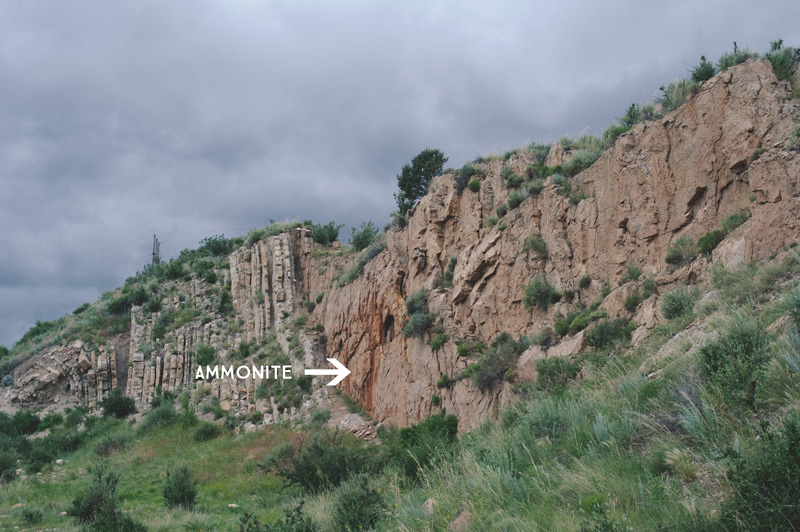
It is located about halfway between the two round holes in the rock (which probably have an actual name but ’round holes’ it is) just above kid eye level.
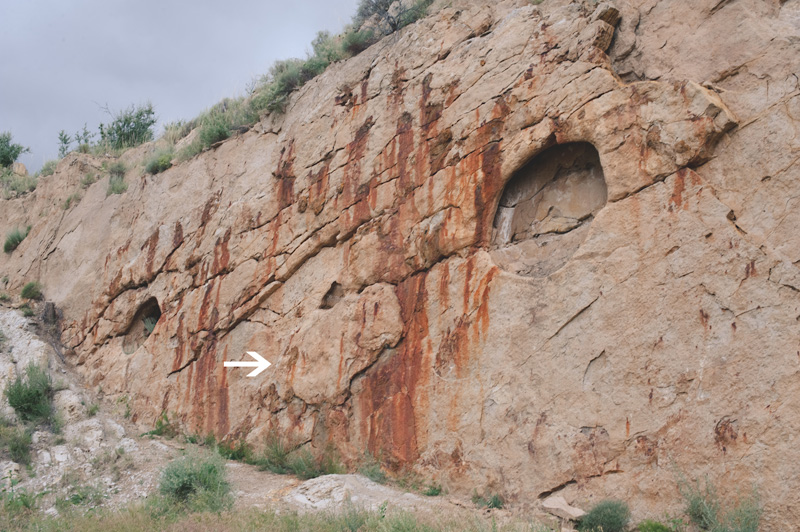
A closeup:

Mussels and/or clams near the ammonite:

- The history of the park from ColoradoSprings.gov which includes information on the old quarry in the park:”Activity on Red Rock Canyon dates back to 7000 B.C., during the Archaic Stage. Due to its close proximity to Fountain Creek and its abundant wildlife, this was an ideal location for settlement.During the late 1800s the property provided many building supplies for Old Colorado City and the surrounding communities. Material taken from the quarries included Gypsum, building sand and sandstone blocks. The Kenmuir Quarry, mined during this time, was open seven days a week due to demand. Declining demand for stone and increased demand for concrete and steel, forced the quarry to close in the early part of the 20th Century.
Opening in 1886, the Colorado-Philadelphia Company Mill used the land to refine the ore shipped by train from the gold mines in Cripple Creek. It was the largest mill of its kind in the United States, until the new Golden Cycle Mill was built in the early part of the 1900s.
John George Bock purchased the property in the 1920s-1930s and later willed it to his two sons. John S. Bock, the eldest son, continued to live there until his death in 2002. The family had grand plans for the property including a resort community with convention center, high-rise towers, commercial centers and a golf course. In the end, they were only able to build a few residences and outbuildings, two dozen mobile home sites, a 53-acre landfill, and two gravel quarries. In 2003, the City of Colorado Springs purchased the Red Rock Canyon property to be used as public open space.”
- Lots of opportunities to talk about the different rock formations exposed here. We took this walk just a few days after the Dinosaur Ridge and Triceratops Trail walks, and so I was able to point out to the kids that these were the same formations we saw up in Golden. Here’s a link to a map detailing the different formation and their period.
- The recent flood damage is a great illustrator to kids of how powerful water is at carving landscapes and eroding away rock.
Photos:





Eeek! My littles got big!

The old quarry:





Photos on July 6 2015 after the park reopened of some of the flood damage:




Resources:
- This map of the trails is a good start for planning your hike.
- The Friends of Red Rock Canyon host a wonderful website with lots of historical information.
- This link provides an in depth survey of the geology and fossils of the park.

